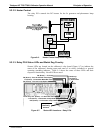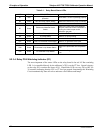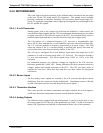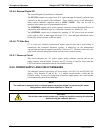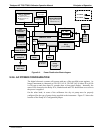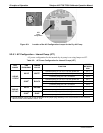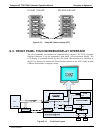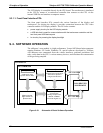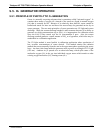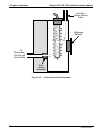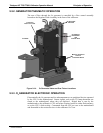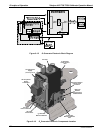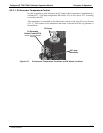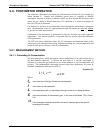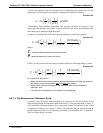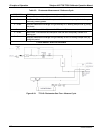
Teledyne API T703/T703U Calibrator Operation Manual Principles of Operation
205
9.5. O
3
GENERATOR OPERATION
9.5.1. PRINCIPLE OF PHOTOLYTIC O
3
GENERATION
Ozone is a naturally occurring substance that is sometimes called "activated oxygen". It
contains three atoms of oxygen (O
3
) instead of the usual two found in normal oxygen
(O
2
) that is essential for life. Because of its relatively short half-life, ozone cannot be
bottled and stored for later use and there fore must always be generated on-site by an
ozone generator. The two main principles of ozone generation are UV-light and corona
discharge. While the corona-discharge method is most common because of its ability to
generate very high concentrations (up to 50%), it is inappropriate for calibration needs
since the level of fine control over the O
3
concentration is poor. Also, the corona
discharge method produces a small amount of NO
2
as a byproduct, which also may be
undesirable in a calibration application
The UV-light method is most feasible in calibration application where production of
low, accurate concentrations of ozone desired. This method mimics the radiation
method that occurs naturally from the sun in the upper atmosphere producing the ozone
layer. An ultra-violet lamp inside the generator emits a precise wavelength of UV Light
(185 nm). Ambient air] is passed over an ultraviolet lamp, which splits some of the
molecular oxygen (O
2
) in the gas into individual oxygen atoms which attach to other
existing oxygen molecules (O
2
), forming ozone (O
3
).
07223C DCN6572



